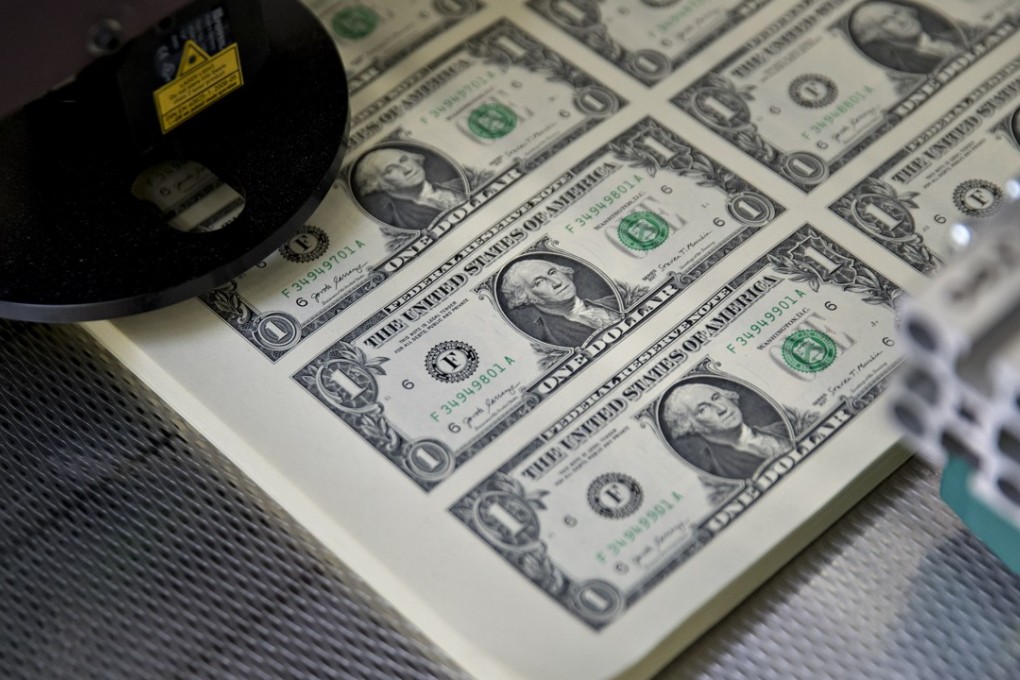Macroscope | We’re not in a currency war yet, even if the market fluctuations have been unexpected
Hannah Anderson writes that a currency war would be the result of a conscious decision by central banks to lower the values of their currencies to give them an edge over their trading partners. What we’re seeing instead is a renminbi driven down by concerns over trade and an unexpectedly strong dollar

Over the past couple of weeks, more investors have been asking me if we are in the early stages of a currency war.
Currencies reflect investors’ perceptions of the market outlook in countries relative to one another, as well as the relative availability of assets in each currency. Currencies rarely, if ever, move in response to contained domestic developments in their issuing markets; their values reflect investors re-pricing the relative outlook.
When considering movements in currency markets, investors should always ask, “Relative to what?” For example, contrary to consensus expectations, the dollar has risen, relative to other currencies, instead of falling this year. Investors had priced in growth and policy expectations for the US relative to the rest of the world.

